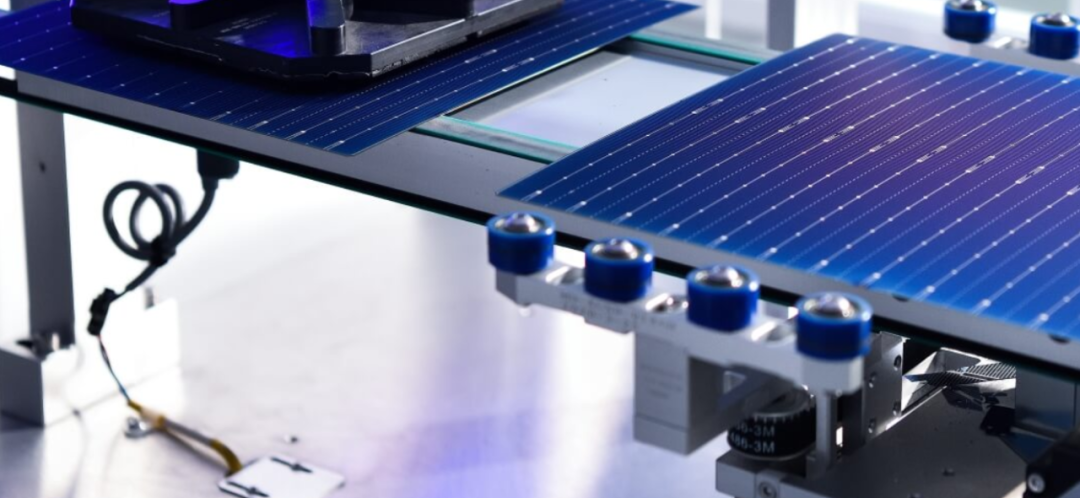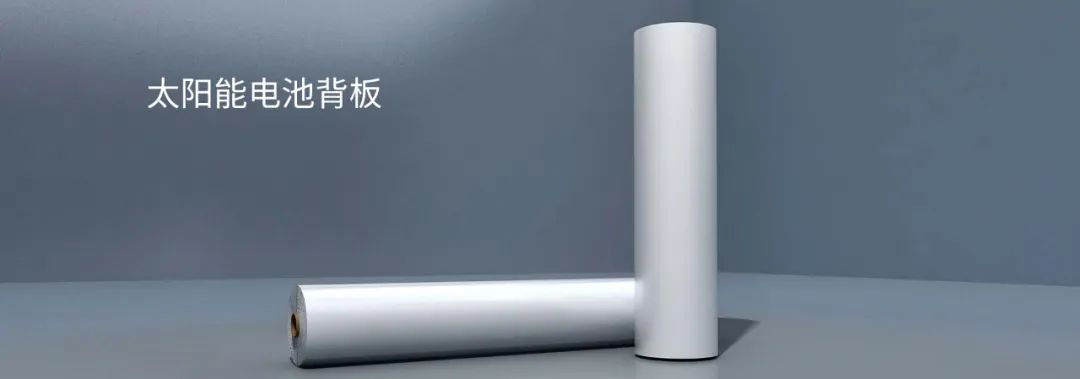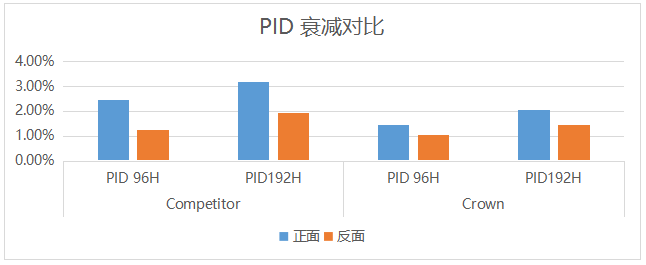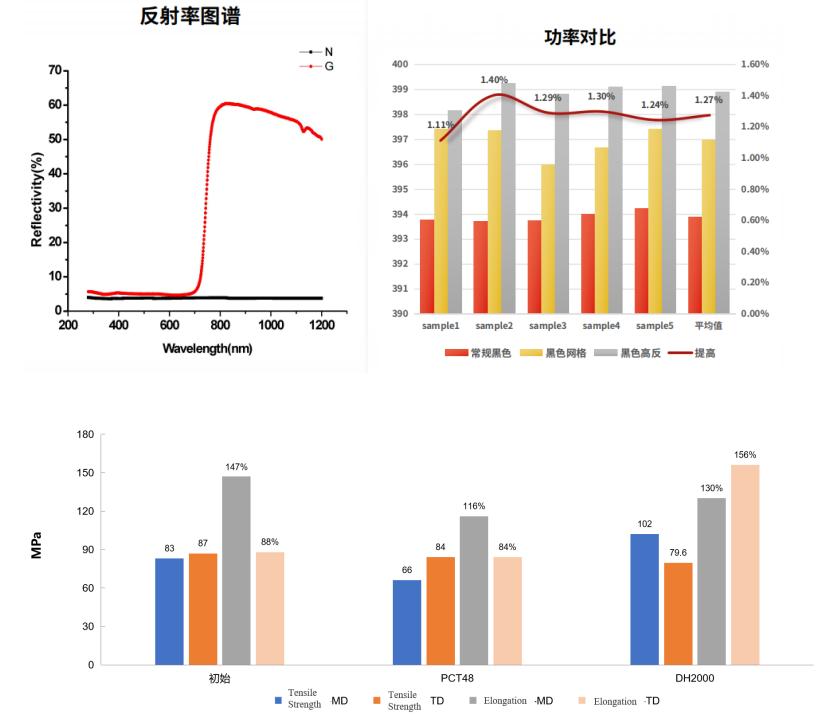Cell conversion efficiency is a key factor that determines the power generation efficiency of modules and even PV systems. As the profitability of PERC has been depleted, cells are now in the critical stage of upgrading from P-type to N-type. As some industry experts have noted, the mass production efficiency of P-type PERC cells has nearly reached its technical bottleneck and approached the theoretical efficiency limit, while there remains great room for improving the mass production efficiency of N-type cells, which is why they are favored by so many equipment manufacturers, solar cell module manufacturers and power station investors.

Among the numerous N-type technical routes, TOPCon technology is compatible with the existing production lines to the maximum extent and can also minimize equipment investment and prevent resource waste, so it is highly supported by mainstream cell and module manufacturers. According to the relevant statistics, at least 100GW of TOPCon cell production capacity will be implemented in 2023, and some leading enterprises will expand their capacity by over 30GW. With great market space comes high requirements for auxiliary material performance.
Encapsulating material is crucial for module reliability

Due to changes in the structure and surface contact layer, TOPCon solar cell modules impose more demanding requirements for the encapsulating material, specifically in such aspects as PID resistance, water resistance, corrosion resistance and modulus of elasticity. As a national high-tech enterprise specializing in the R&D, production and sales of new energy-based composite film materials, Crown has conducted abundant theoretical and practical research on N-type TOPCon solar cell module encapsulating materials, and has gained recognition and support from many leading enterprises and end users in the PV industry.
POE/EPE is the best option for TOPCon module encapsulation
As is well known, the moisture permeability of conventional EVA film (usually around 20 g/m2·day) is higher than that of POE and EPE film, while EVA film has poor hydrolysis resistance. Since the ingress of moisture will corrode the internal metallic components of the module, POE film that can effectively insulate against moisture (moisture permeability of 2–3 g/m2·day) is now highly favored, while EPE film with the highest cost effectiveness (moisture permeability of around 10 g/m2·day) is preferred in the market. In terms of corrosion resistance, POE film and EPE film are superior to EVA film, so mainstream module manufacturers usually use POE/EPE film for TOPCon cell encapsulation.
In terms of ion insulation, POE/EPE films have many advantages. According to the experts, the electric field of an N-type cell is stronger than that of a P-type cell, and the charge concentration will have stronger effect on the internal electric field of the PN junction. The charge carrier surface load of an N-type cell is concentrated on the front side interface, which is opposite to that of the PN junction of a P-type cell, so the PID degradation is mainly concentrated on the front side of the cell. As the front side of the cell is the main part of the power output of the module, the PID effect of a TOPCon cell is stronger than that of a PERC cell.
According to testing data from module manufacturers, the POE/EPE films of Crown can significantly inhibit the power degradation of solar cell modules. As noted by technicians, POE/EPE films have excellent ion insulation performance. By adjusting the formula and selecting suitable raw materials, Crown has created an encapsulation film that can efficiently absorb the free charge, effectively prevent Na+ from concentrating on the cell surface and minimize the PID effect.
Formula improvement + process adjustment, process yield up to 99.5%
Unlike backsheets, encapsulation film must possess high reliability while also playing a complex and important role in the module lamination process. It is understood that the most troublesome problems in the TOPCon module manufacturing process are low crosslinking efficiency and slips in the lamination process. According to technicians, due to additive migration, EPE material is very likely to cause POE layer additive loss and a low crosslinking degree in the lamination process. POE film may also result in the excessively low yield of modules due to the slip problem.

Given these problems, Crown improved the encapsulation film fabrication process and specifically optimized the P layer thickness design and material formula of EPE. This fundamentally solved the aforementioned problems and enhanced product stability. In addition, we also developed specific products under certain crosslinking efficiency according to the customer's lamination process requirements.
Besides, Crown has increased its R&D investment and specifically optimized the compatibility between non-polar POE resin and polar additive, thereby fundamentally reducing the migration of additive and preventing slips in the finished products. By improving performance indicators such as encapsulation film fluidity, surface roughness and shrinkage, Crown has immensely improved the lamination speed of modules, which will greatly help to solve problems such as cell film loss and micro cracks, with a process yield of up to 99.5%.
Ultralow permeability BO backsheets give modules a light weight and pleasant appearance
To support the roof application scenario of TOPCon modules, Crown launched the TOPCon cell single-glass encapsulation solution – ultralow permeability BO backsheets – to give roof modules a light weight, pleasant appearance and high power. The ultralow permeability BO backsheet is an upgraded product based on the mass produced BO backsheets developed by Crown to meet the low permeability requirements of TOPCon modules. Its moisture permeability is 0.2g/m2·day, which is far less than that of conventional BO products. In addition, ultralow permeability BO backsheets still maintain perfect WVTR and mechanical properties after PCT and DH ageing. It is worth noting that the ultralow permeability BO black high reflectance backsheets developed by Crown perfectly meet the aesthetic requirements of roof modules while also effectively reflecting thermal radiation such as infrared, thus minimizing module surface temperature and achieving high power output. 
In 2023, according to the statistics of CPIA, TOPCon cells account for no less than a 20% market share, and other organizations such as Solarbe Consulting even give a number bigger than 25%. If the global total demand for PV modules is 400GW and the TOPCon module production output is no less than 80GW, the demand for encapsulation film with high water resistance is at least 800 million m2. It is no exaggeration to say that only by selecting a suitable encapsulating material can we fully exploit the advantages of TOPCon modules and make them the preferred option for more PV projects.






 Home
Home





